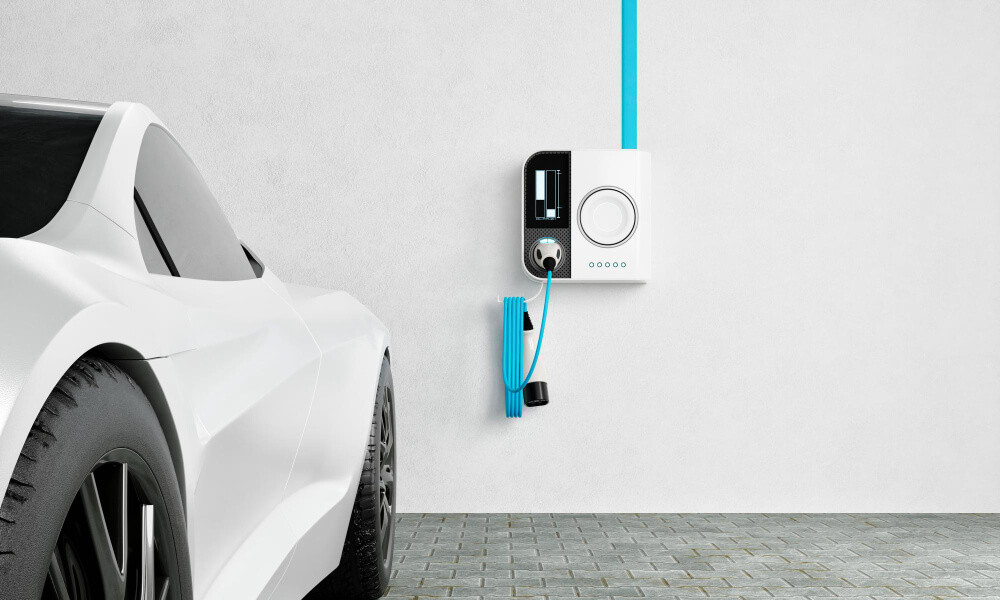0203 193 8888
0203 193 8888

The electric vehicle (EV) revolution has taken the automotive world by storm, offering environmentally friendly alternatives to traditional gasoline-powered vehicles. With the advancements in technology, EVs have become more accessible and practical, with extended ranges on a single charge. However, one question that often arises is when and how to charge an electric car to ensure optimal battery health and longevity.
As the range of EVs has expanded, there’s a common misconception that charging an electric vehicle’s battery to 100% is detrimental to its health. While it’s true that lithium-ion batteries, commonly used in EVs, can experience some issues when charged to their maximum capacity, catastrophic failures are exceedingly rare. Indeed, the more prevalent concern is battery pack degradation that occurs over time.
Charging an EV battery 100% regularly can promote the growth of lithium metal tendrils called dendrites, potentially causing short circuits. Moreover, lithium ions can get trapped inside reactions within the electrolyte, leading to reduced battery capacity. However, occasional 100% charging, especially before extended trips, is generally not harmful.
Some car manufacturers incorporate a buffer into their EVs, which means that when the battery display indicates 10% charge, the battery isn’t truly at its absolute maximum capacity. This buffer helps mitigate battery degradation, ensuring a healthier state of charge (SoC) over time.
Just as charging an EV battery to 100% can be problematic, fully discharging it down to 0% isn’t ideal either. Most EVs have a battery management system (BMS) designed to maintain a 5 to 10% buffer, preventing complete discharge during regular use. Prolonged storage without use could lead to complete discharge, but this typically takes a long period.
To maximise your EV battery’s lifespan, it’s important to strike a balance between the extremes of charging and discharging:
Maintain Above 20% Charge
Whenever possible, keep your EV’s battery charge above 20%. This not only preserves battery health but also helps alleviate range anxiety, ensuring you have enough charge to reach your destination.
Stay Between 30% and 80% SoC
For routine charging, it’s recommended to keep the battery’s state of charge between 30% and 80%. This range helps maintain the battery’s State of Health (SoH) and reduces the risk of degradation.
Avoid Regular 100% Charges
While charging to 100% occasionally is acceptable, refrain from making it a regular practice. This practice will help prevent the growth of dendrites and other forms.
Minimise Depth of Discharge (DoD)
The depth of discharge significantly impacts battery life. Charging to only 60%, 80%, or even 95% is better than constantly discharging to lower levels. Aim to keep the DoD as low as possible, ideally below 50%.
In the realm of EVs, proper charging practices play a pivotal role in extending the lifespan of your vehicle’s battery. Charging to 100% occasionally and avoiding full discharges are key to maintaining battery health. While EV manufacturers are incorporating buffers to protect against extreme charging and discharging, it’s still essential to adopt responsible charging habits to ensure your EV’s battery serves you well for years to come. By adhering to recommended charging ranges and minimising depth of discharge, you’ll be driving towards a greener future with confidence.
Back to Blog